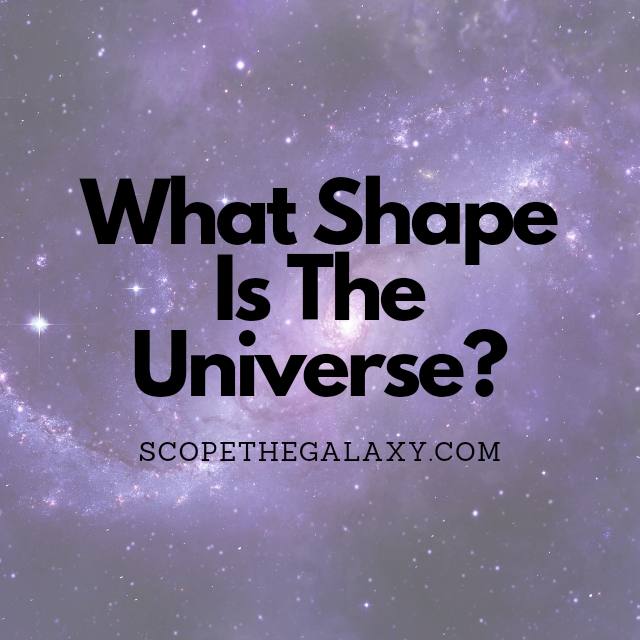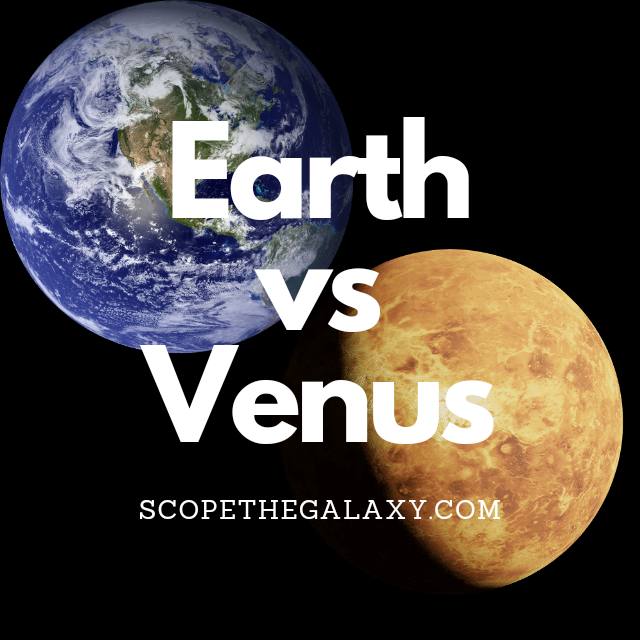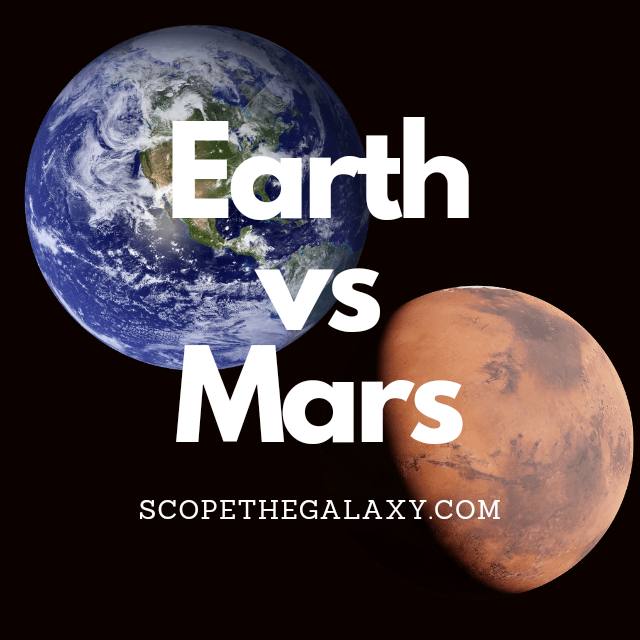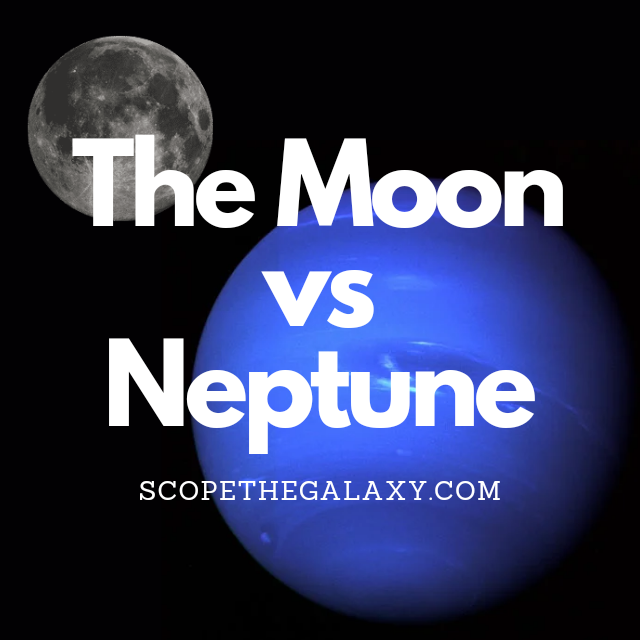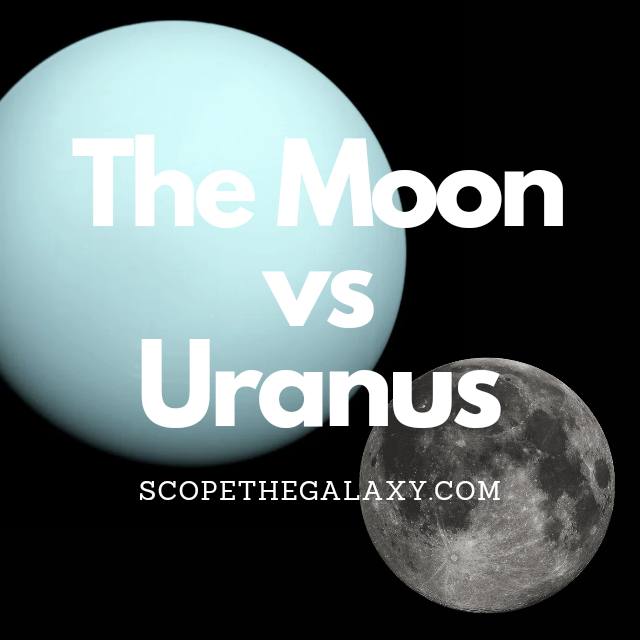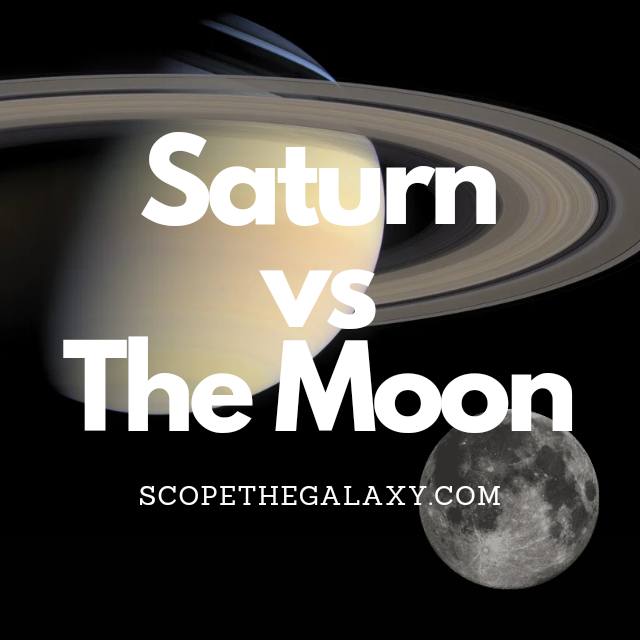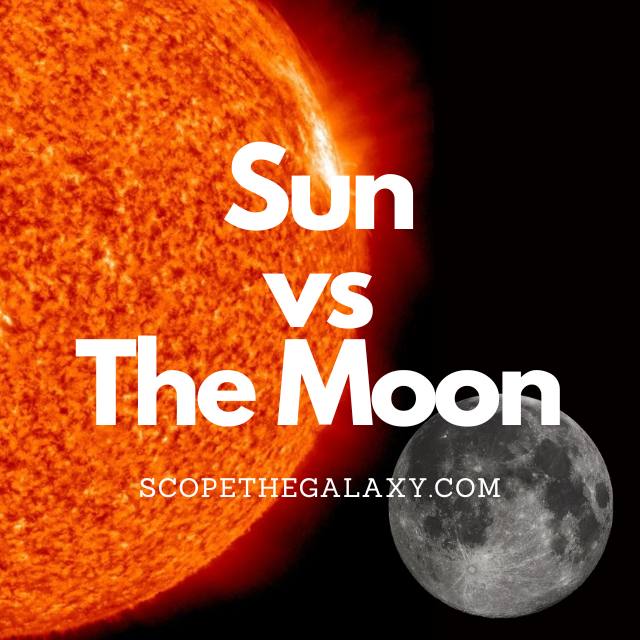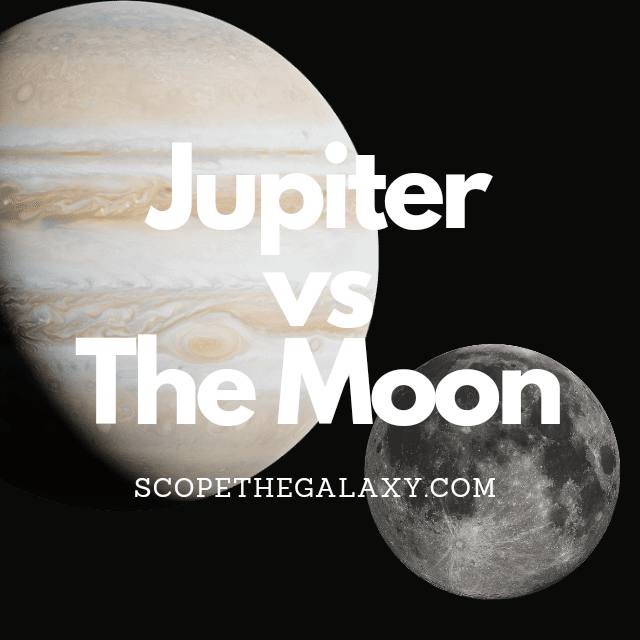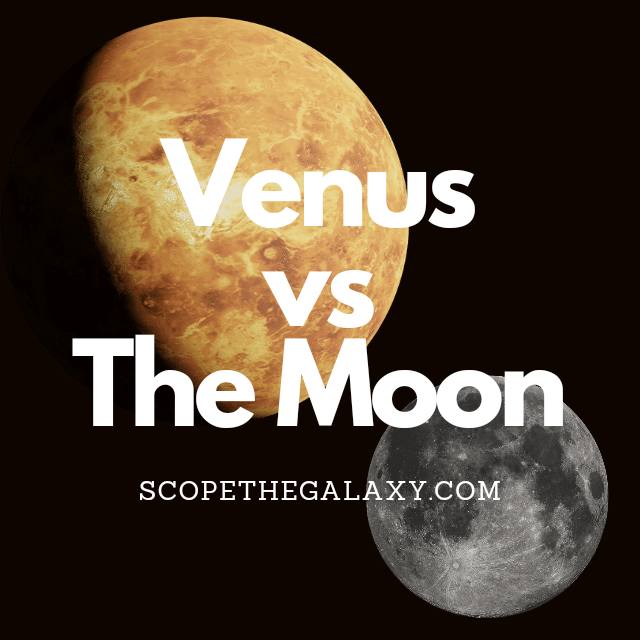What Shape Is The Universe? (Explained!)
There is no conclusive way for scientists to determine the shape of our universe. Still, most current research suggests that we live in a flat universe, which can expand in every direction without experiencing a positive or negative curvature. Continue reading to discover why recent data suggests our universe could be curved and the impact … Read more

